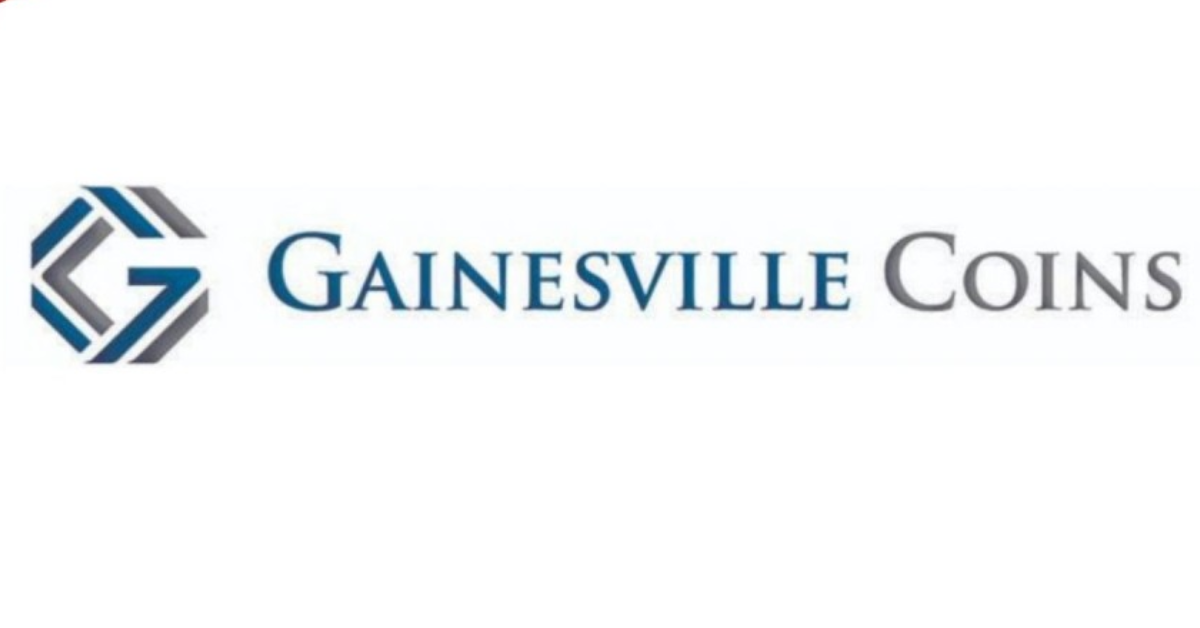
Adding physical gold assets to your portfolio is one way to invest in precious metals — but you need to know the right way to go about it. Metals like gold can be held in a specific type of individual retirement account called a self-directed IRA, which is similar to a conventional IRA. With both types of accounts, contributions are made on a pre-tax basis; the associated taxes are deferred until distributions are taken. You can also choose to hold precious metals in a Roth IRA, which is funded with after-tax funds, so you won’t be taxed when you make a withdrawal.
“There are obvious tax benefits of keeping gold in an IRA,” says Everett Millman, a precious metals specialist at Gainesville Coins. “[Particularly] if someone has a very large position in precious metals, it would make sense to get those benefits.”
Self-directed IRAs, like conventional IRAs, might contain a variety of stocks, bonds, and mutual funds. You can also include several other items in self-directed IRAs, though — ranging from real estate to physical precious metals, such as gold.
“Self-directed IRAs can hold all sorts of alternative assets,” Millman says. “People who are drawn to gold and silver like having control over their investments and money. They like that they can hold it in [an IRS-approved depository and] freely trade or sell it when they choose.”
Coins, including some that are legal tender, and rectangular-shaped bars of precious metals can be purchased for inclusion in a self-directed IRA if they possess certain qualifications the IRS has established.
Gold physical precious metal assets must have a purity level of at least 0.995, for instance; silver items need to have a fineness of 0.999 or higher. To receive the associated tax benefits, precious metal assets you purchase for inclusion in an IRA must also be stored in a recognized financial institution or IRS-approved depository.
“It is a requirement,” Millman says. “You cannot just keep your metals at home and include them in your retirement account.”
Storing the assets remotely, he says, can provide safety benefits.
“The gold in a vault is insured,” Millman adds. “You don’t have to take on the liability of storage. If someone is storing a lot of metals in their home and anybody gets wind of it, there is a potential for theft. You could be putting yourself or your family in danger by keeping that many valuables in your home.”
To set up a self-directed IRA, you must complete an application. Once the account has been created, you’ll be able to fund it. You can add money directly to the IRA from a checking or savings account or you can transfer funds from another eligible retirement account, such as a SIMPLE IRA or 401(k).
If you choose to roll over funds, you can either move some from your current account provider to your new account or have your IRA custodian mail you a check, which you’ll then need to send to your new IRA provider. If the money is deposited in your self-directed IRA within 60 days, you shouldn’t incur any additional fines.
You can then use the funds you’ve added to your self-directed IRA to purchase gold or other precious metal items from a provider like Gainesville Coins, which has bought and sold gold, silver, platinum, and palladium in more than 70 countries.
The guest posts featured on Coinpedia are contributed by external authors and reflect their personal opinions and viewpoints. Coinpedia does not endorse, verify, or take responsibility for the accuracy, legality, or reliability of the content, advice, or opinions expressed in these guest posts. Including guest posts does not imply Coinpedia's approval of the content or the author’s views. Readers are encouraged to independently evaluate the information and seek professional advice if necessary before acting on any information provided in the guest posts.
The crypto market is moving cautiously today as investors weigh mixed signals from macro trends,…
Is the crypto market preparing for a historic bull run or sliding toward a painful…
The crypto market is waking up again, and the signs are finally pointing in one…
Solana is currently a major focus in the crypto market, thanks to strong institutional interest…
With discounts flying as the crypto market nosedived, “buying the fear” may turn out to…
The crypto market is experiencing another wave of sharp volatility after a rapid correction erased…